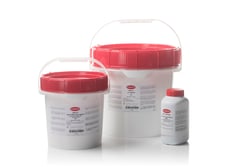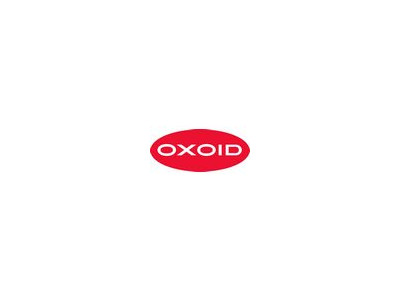Mueller Hinton Broth (Dehydrated)

相关应用:
Industrial Microbiology
Perform effortless Antimicrobial Susceptibility Testing (AST) using Thermo Scientific™ Oxoid™ Mueller Hinton Broth (Dehydrated), a medium that can be used in internationally recognized standard procedures.
联系我们获取支持 ›
| 货号 | 产品规格 | 数量 | 单价 (CNY) | ||||||||||||||||||||||||||||||||||||||||||||||||||||||||||||||||||||||||||||||||||||||||||||||||||||||||||||||||
|---|---|---|---|---|---|---|---|---|---|---|---|---|---|---|---|---|---|---|---|---|---|---|---|---|---|---|---|---|---|---|---|---|---|---|---|---|---|---|---|---|---|---|---|---|---|---|---|---|---|---|---|---|---|---|---|---|---|---|---|---|---|---|---|---|---|---|---|---|---|---|---|---|---|---|---|---|---|---|---|---|---|---|---|---|---|---|---|---|---|---|---|---|---|---|---|---|---|---|---|---|---|---|---|---|---|---|---|---|---|---|---|---|---|---|---|
| CM0405B | - | 500g | 申请报价 | ||||||||||||||||||||||||||||||||||||||||||||||||||||||||||||||||||||||||||||||||||||||||||||||||||||||||||||||||
| |||||||||||||||||||||||||||||||||||||||||||||||||||||||||||||||||||||||||||||||||||||||||||||||||||||||||||||||||||
返回顶部
描述
The major use of Mueller Hinton Broth is for Antimicrobial Susceptibility Testing (AST). It has been produced in parallel with Mueller-Hinton Agar CM0337. Where studies on antibiotic susceptibilities are being undertaken both in broth and agar, it will be found to be of particular value to have media of identical nutrient formulation. Mueller-Hinton Broth is recommended for broth dilution Minimum Inhibitory Concentration (MIC) studies1.
Mueller-Hinton Broth will require supplementation with the divalent cations Mg++ and Ca++ after sterilization2. The CLSI recommend the following cation levels Ca++, 20-25mg/L; Mg++, 10-12.5mg/L.
Lysed horse blood or thymidine phosphorylase may be added to the broth to improve the MIC endpoints of sulphonamides and trimethoprim3.
Not all products are available for sale in all territories. Please inquire.
Remel™ and Oxoid™ products are now part of the Thermo Scientific brand
‹ 收起
For Laboratory Use Only
1. National Committee for Clinical Laboratory Standards (2000) Methods for Dilution Antimicrobial Susceptibility Tests for bacteria that grow Aerobically. Approved Standard M7-A5. NCCLS. Villanova, Pa.
2. Thornsberry C., Gavan T. L. and Gerlach E. H. (1977) Cumitech 6. American Society for Microbiology. Washington DC.
3. Swenson J. M. and Thornsberry C. (1978) Curr. Microbiol. l. 189-193.



